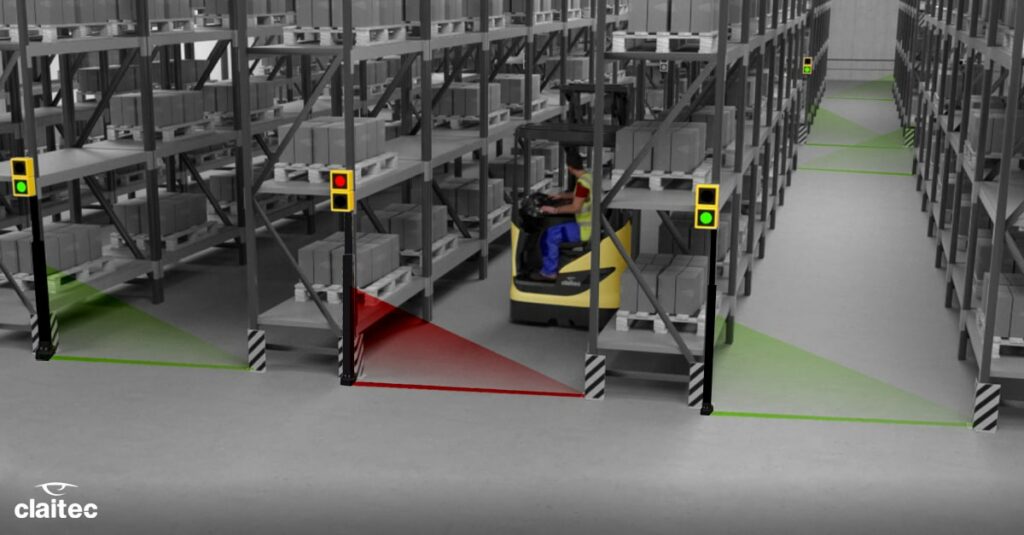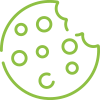
Did you know that the industrial sector is the biggest consumer of energy on the planet, only behind transport? In a world where the ways we generate and consume energy are increasingly under scrutiny, it is imperative for industry players to understand and talk about the importance of saving energy.
Firstly, it is important to view energy saving not only as an issue linked to economic aspects, but also an issue that bears a direct impact on the environment and our societies. And, while there is consensus on the need to end dependence on oil and fossil fuels, manufacturing is responsible for more than 20% of harmful gas emissions on the planet and most companies require increasingly higher energy consumption to meet their operational needs.
What do we mean by “energy efficiency”?
As the world itself indicates, energy efficiency is the efficient use of energy, that is – being aware of our consumption patterns, and ensuring that they have the least possible impact on the environment. The energy efficiency policies of a company should, therefore, aim to protect the environment in which we live, doing so by reducing energy intensity and aligning the consumption of their business activity to what is truly necessary and nothing more.
¿How does energy saving benefit us?
The benefits associated with energy efficiency are multiple. Here are some of the most relevant:
- Significant economic benefits: By reducing energy consumption, we are also reducing our energy bills.
- Improved competitiveness: Reducing production costs increases our profitability. The money we save can then be invested, for instance, in our human resources and R&D – to boost the company’s competitiveness in the market -, occupational health and safety, etc.
- Reduction of environmental impact: By minimising energy consumption, we are also reducing our emission of gases that are harmful to the atmosphere, helping improve the health of the planet and its people, today and in generations to come.
- Environmental and social responsibility and commitment: By implementing measures aimed at greater energy efficiency, our companies show their commitment and corporate social responsibility, while strengthening their positioning and brand image before the various key audiences.
- Compliance with laws: Energy efficiency has also become an institutional requirement. Investing in energy efficiency and savings will help us avoid the high economic sanctions companies endure in the event of non-compliance.
Useful tips to save energy in our industries
At Claitec we believe that it is necessary and urgent to invest on actions that allow us to move towards a more sustainable future. The following tips will help you apply energy saving measures in factories or production plants:
- Lighting: Make the most of natural light and replace high consumption light bulbs with LED lighting. Use timers and sensors that adjust their uses as required. Small changes like these can be a source of notable savings.
- Air conditioning systems: Installing low-consumption heating and air conditioning equipment, with monitoring options will allow consumption to be optimised and reduce your energy bills.
- Insulation: Select the appropriate insulation for the walls, floors, and ceilings of your facilities so that the climate control systems can efficiently control cold or heat.
- Efficient energy: There are efficient energy sources on the market that are adapted to the intense energy consumption of industries and manufacturing environments. This energy will reduce operating costs and boost performance through reliable systems with no power limits.
- Consumption habits: Creating an energy saving culture in your work environment and amongst your collaborators will make it possible to standardise rational and efficient consumption habits in your workplace, thus achieving better results. Remember, small gestures can achieve great savings!
- Technology and innovation: Replacing old equipment and machinery with higher performance products that reduce production and time, will result in decreased energy consumption.
Savings and efficiency – objectives of a more sustainable industry
Energy efficiency is not a fad or a one-time phenomenon.
Institutions worldwide have already taken a clear position on the matter and are demanding that industry leaders work towards minimising our environmental impact and guaranteeing the sustainability of resources.
And high-volume consumers must respond. Choosing a good, efficient, and sustainable energy supply becomes a fundamental factor in successfully developing any manufacturing process or industrial transformation.
Need more information on the matter and/or any of our solutions?
Please get in touch! We are here to help you.


